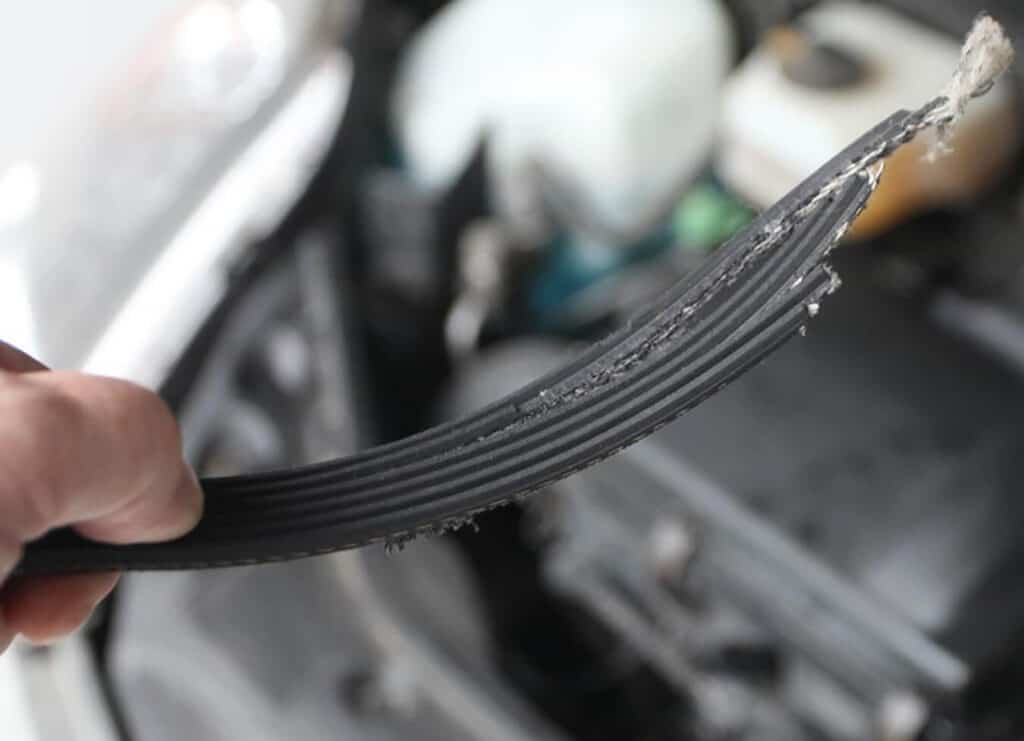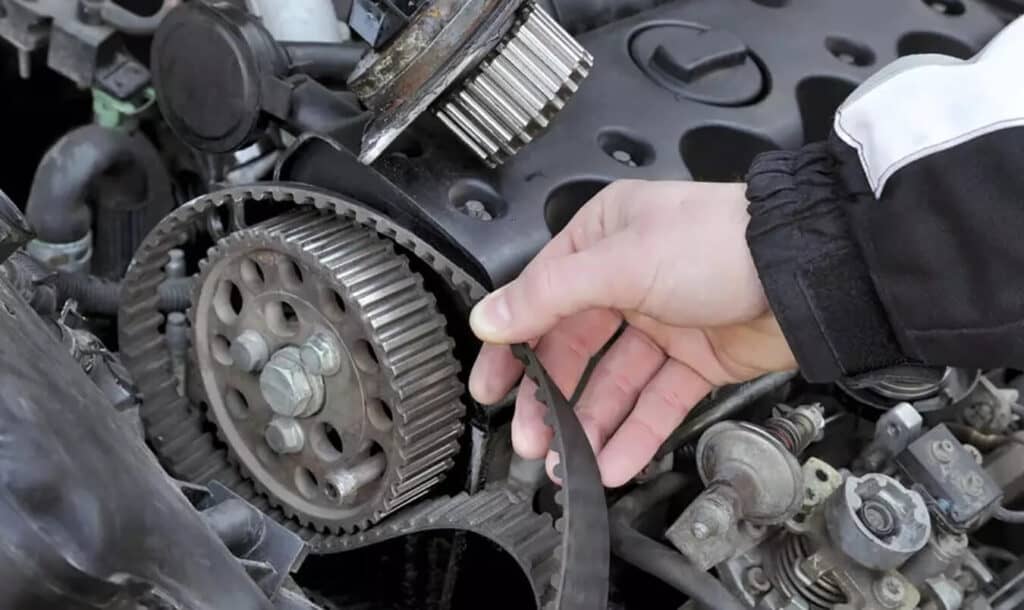Introduction
In the labyrinth of car engine parts, the serpentine belt, also known as a drive belt, plays an indispensable role. It is a single, continuous belt used to drive multiple peripheral devices in an automobile engine such as an alternator, water pump, air conditioning compressor, power steering pump, and more. However, like all parts, a serpentine belt can fail, and when it does, it can lead to a range of complications and potentially costly repairs. Understanding the top causes of serpentine belt failure and how to spot these issues early is vital to preventing further damage to your vehicle.

Exposure to High Temperatures and Humidity
Extreme temperatures and high humidity levels can lead to premature serpentine belt failure. High heat can cause the belt’s rubber material to crack and glaze, while high humidity can accelerate the belt’s wear and tear process by causing it to slip. In both cases, the belt becomes less effective at transferring power to the engine’s accessories, potentially causing them to underperform or fail.
Early signs of heat or humidity damage include a shiny or glazed appearance on the belt, cracks in the rubber, or a belt that appears to be loose or slipping. If you live in a region with extreme temperatures or high humidity, consider inspecting your serpentine belt more frequently to spot early signs of wear and tear. Regularly replacing your belt can also help prevent such damage.
Misaligned Pulleys or Tensioner
Misalignment in the pulleys or tensioner that the serpentine belt rides on can lead to its premature failure. If these components are not properly aligned, the belt can wear unevenly, causing it to fail prematurely. Misalignment can also cause the belt to make a chirping or squealing noise.
A professional mechanic can check for pulley and tensioner misalignment using a laser alignment tool. If misalignment is the issue, the mechanic can either adjust the misaligned part or replace it if necessary.
Improper Tension of the Belt
The tension of the serpentine belt is critical to its proper functioning. If the belt is too loose, it can slip off the pulleys, leading to the underperformance of engine accessories. On the other hand, a belt that’s too tight can put unnecessary stress on the bearings of the accessories it drives, causing them to wear out faster.
A tensioner, usually spring-loaded, maintains the proper tension of the belt. However, over time, this tensioner can fail, leading to improper tensioning of the belt. Regular inspection can help spot a failing tensioner. If the tensioner is the problem, it’s usually best to replace it.
Overloading the Belt with Too Many Accessories
Adding too many accessories to be driven by the serpentine belt can lead to overloading, resulting in premature failure. Each additional accessory increases the load on the belt, causing it to wear out faster. If you’ve added aftermarket accessories that are powered by the serpentine belt, consider this as a potential cause of premature belt failure.

Worn or Damaged Belt Components
Age, wear and tear, or a defective component can cause the serpentine belt to fail. Check the belt for visible signs of wear such as fraying, cracking, or chunks of rubber missing. If the belt appears to be in good condition, inspect the pulleys, tensioner, and other components to ensure they’re not causing damage to the belt.
Conclusion
In conclusion, regular inspection and early detection are critical to extending the life of your serpentine belt and preventing costly repairs. By understanding the top causes of serpentine belt failure, you can spot and fix issues before they become major problems. Remember, a healthy serpentine belt contributes significantly to the overall health and performance of your vehicle.
